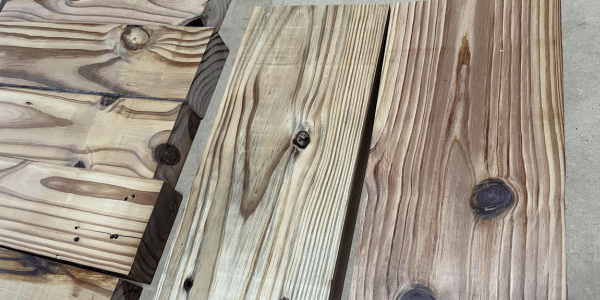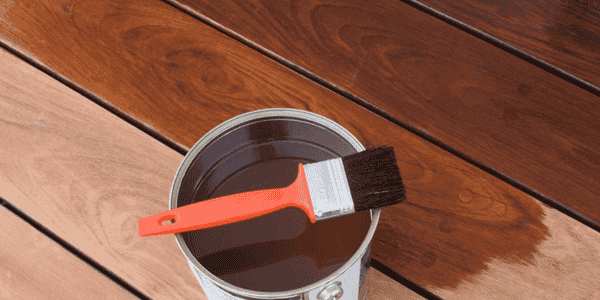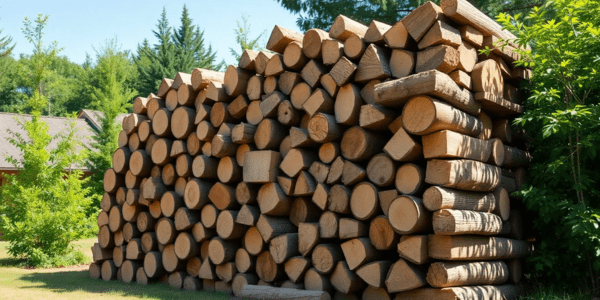Pressure-treated wood is widely used in construction, landscaping, decking, fencing, and outdoor furniture due to its enhanced resistance to moisture, decay, and insect damage. However, to the untrained eye, it can be difficult to distinguish pressure-treated wood from regular lumber. Whether you’re working on a DIY project or purchasing wood from a supplier, knowing how to identify pressure-treated wood is essential for safety, longevity, and proper usage. Here’s a detailed guide on how to tell if wood is pressure treated.
What Is Pressure-Treated Wood?

Pressure-treated wood is lumber that has been infused with chemical preservatives under high pressure to protect it from rot, mold, termites, and weathering. These chemicals penetrate deep into the wood fibers, making it highly durable for outdoor use.
Look for a Stamp or Label
The easiest and most reliable way to identify pressure-treated wood is by checking for a label or stamp from the manufacturer.
- End Tags: New pressure-treated lumber often has a tag stapled to the end. It usually includes:
- The chemical used (e.g., ACQ, CA, MCA)
- The retention level (e.g., 0.25 for above-ground use)
- An “AWPA” or “ALSC” mark (indicating compliance with treatment standards)
- The intended use: “Ground Contact” or “Above Ground”
If the wood still has this tag, it’s almost certainly pressure-treated.
Color Differences
Fresh pressure-treated wood often has a greenish or brown tint due to the chemicals used during treatment.
- Greenish Tint: This is common with older formulations like CCA (chromated copper arsenate) or newer ones like ACQ (alkaline copper quaternary).
- Brown Tint: Common with newer formulas like MCA (micronized copper azole).
- Note: Over time, treated wood can weather to a gray color, making visual identification harder.
Smell the Wood
Pressure-treated wood has a distinct chemical odor compared to untreated lumber, which typically smells like fresh-cut pine or cedar.
- Treated wood: Often smells metallic, oily, or chemical-like.
- Untreated wood: Smells natural and woody.
Be cautious and avoid prolonged inhalation of treated wood fumes.
Surface Texture
Pressure-treated wood can feel slightly damp or oily due to the preservatives used.
- It often has small incision marks on the surface. These are created during the pressure treatment process to allow deeper penetration of chemicals, especially in denser wood.
Use a Chemical Test (Optional)
For older or weathered wood where visual and physical signs aren’t clear, you can:
- Use a copper test kit available at hardware stores to detect copper-based preservatives like ACQ or MCA.
- Take a small shaving of wood and test it chemically to confirm treatment (recommended for professionals or labs).
Why It Matters
- Safety: Treated wood should not be burned due to toxic chemicals.
- Application: Treated wood is ideal for outdoor use but may not be suitable indoors unless specified.
- Fasteners: Use corrosion-resistant nails or screws with treated wood to prevent metal degradation.
Conclusion
To tell if wood is pressure treated, look for labels, check the color and odor, examine the surface texture, and consider a chemical test if necessary. Proper identification ensures you choose the right material for your project and avoid health and structural issues in the long run.

